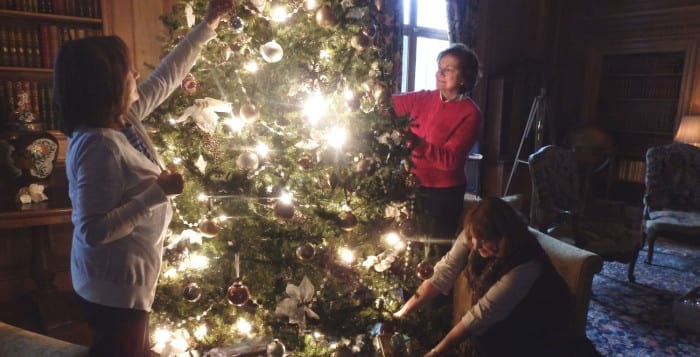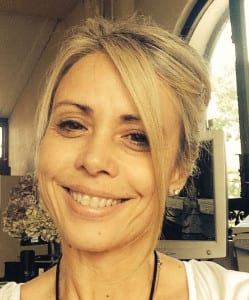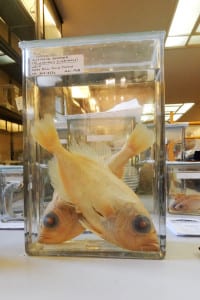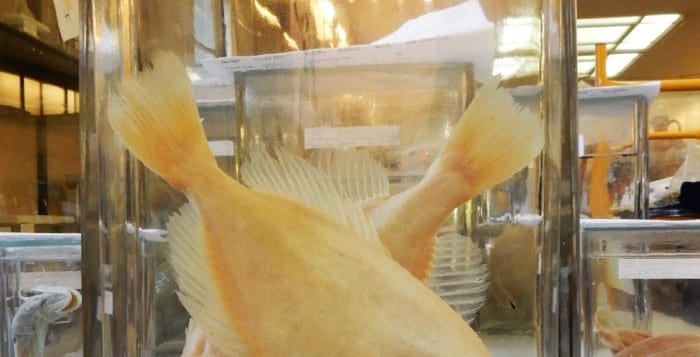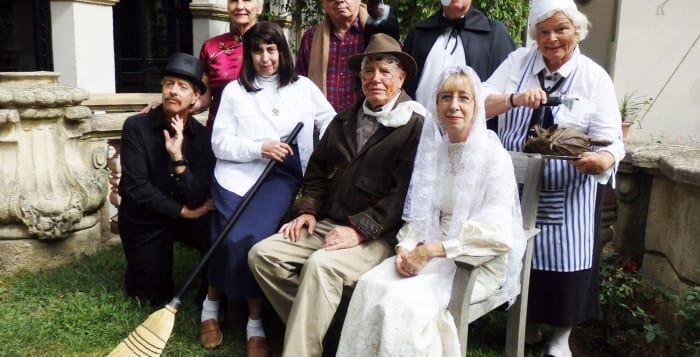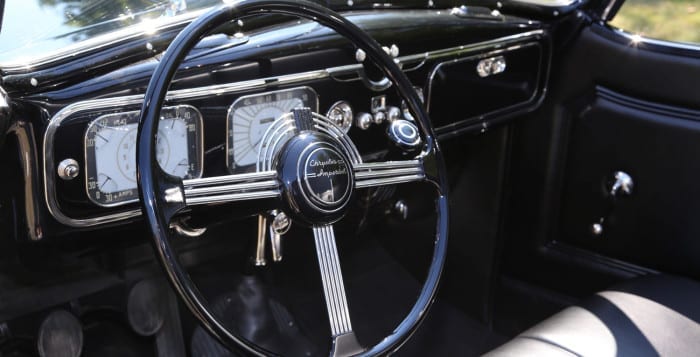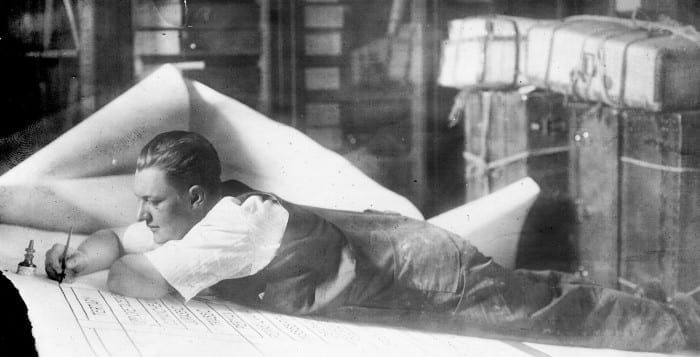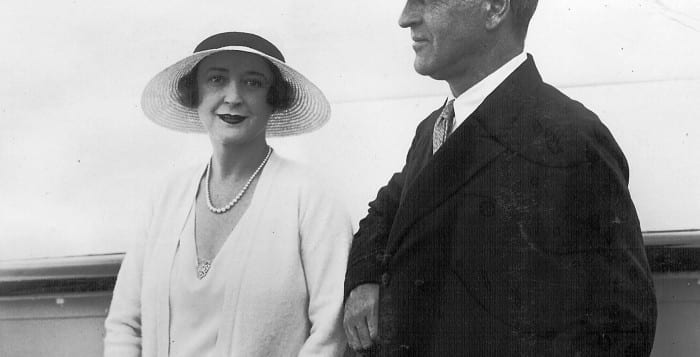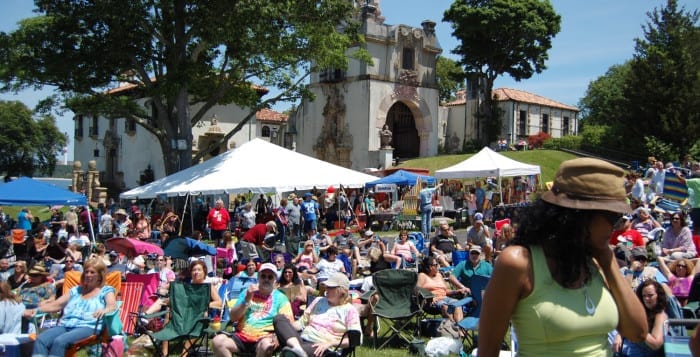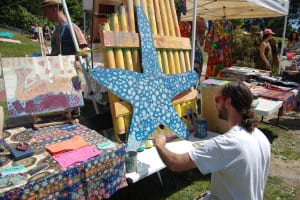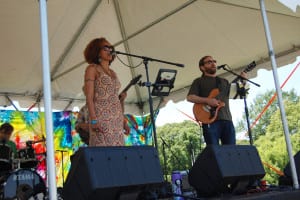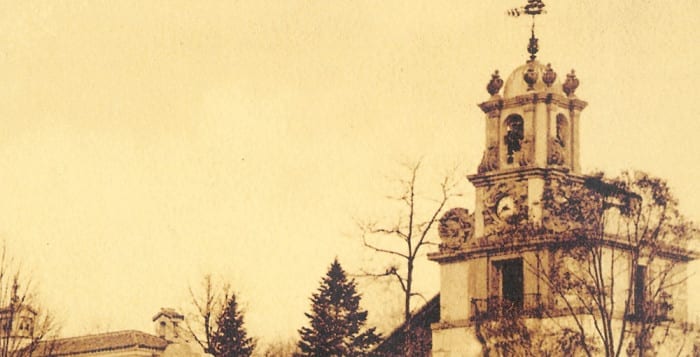Interior designers and garden clubs deck the halls of the Vanderbilt Mansion in Centerport each year, and hundreds of visitors see the delightful results beginning the day after Thanksgiving.
The 24-room Spanish Revival house — listed on the National Register of Historic Places — is enhanced with garland, holly, 10 elegantly ornamented trees, poinsettias, brightly wrapped packages, greens and pine cones from the Vanderbilt estate and an enchanting atmosphere of early- and mid-twentieth century holiday cheer.
Lance Reinheimer, executive director of the museum, said, “We’re grateful to these imaginative decorators, who generously donate their time and talent to create an atmosphere of charming holiday grandeur and sophisticated living. They bring magic to this historic house.”
Participating this year were the Dix Hills, Centerport, Honey Hills, Nathan Hale and Three Village garden clubs; Harbor Homestead & Co. Design; and the master gardeners of the Cornell University Cooperative Extension. All have participated in the project for many years.
Artists and garden specialists from the Three Village Garden Club (representing Old Field, Setauket and Stony Brook) decorated the spacious, paneled Vanderbilt library and its tree. Beneath the tree are faux gifts wrapped with bright papers, foils and ribbons. Ornate, two-foot, stylized silver trees adorn the fireplace.
“We trimmed the tree with gold and copper ornament balls and with strands of clear, multi-faceted stones to reflect the light from the small white bulbs,” said Joann Canino of the Three Village Garden Club. “The white poinsettias used as ornaments suggest doves, a symbol of peace. We also placed white poinsettias with silver bows on the mantel of the library’s large fireplace.
“The Vanderbilt Mansion is an architectural celebration. It’s one of those grand houses that has a warm, family feeling. Our club is pleased to be part of dressing it up for the holidays. It’s great fun.”
Mary Schlotter and daughter Krishtia McCord, both of Centerport, decorated the bedroom of William K. Vanderbilt II, and the Moroccan Court next to the Vanderbilt library. They operate the Harbor Homestead & Co. design firm.
For the past several years, Schlotter also has been among the designers invited to decorate The White House for the holidays, the Fourth of July and Halloween.
“Mr. Vanderbilt loved peacocks and had them on the estate,” Schlotter said. “The bedroom color scheme is inspired by the colors in peacock feathers — deep teal, cobalt blue, apple green, plum and gold. We wanted it to look like a sophisticated man’s room,” Schlotter said.
Schlotter and McCord added wreaths of teal-blue feathers to the top of the French doors that open onto the bedroom porch with a view of Northport Bay. “Acorns are a feature of the Vanderbilt family crest, and we used acorn ornaments with the greenery that decorates the fireplace mantel. Ivy vines sprayed with gold paint and woven through the garland trim the doorways.”
In the Moroccan Court, with its rare Spanish and Portuguese tiles, they decorated the built-in tiled bench with throw pillows. The colors of the pillows match those in the antique tiles, each of which is a miniature folk painting. Decorations include a café setting with a small round table and two chairs; a basket of fruits and nuts; silver candles in ornate, antique bronze candlesticks; up-lighted palm trees; a candle-lit silver lantern next to the small fountain set into the floor; and gauzy, transparent fabric hung in front of the tall, arched windows.
Christine Lagana and her friends from the Dix Hills Garden Club decorated the Portuguese Sitting Room. “The tone was set by the deep blue in the rug and the sculpture of a knight on horseback, which has the same colors as the rug,” Lagana said, “and by the medieval theme of the 1494 fireplace surround, which features carved faces of crusaders.
“We added gold ribbon and pine cones to the garland, and small turquoise and cobalt ornament balls on the tree. One group of large ornaments displays a replica of the Vanderbilt family crest inside clear-glass globes.” Acorn-shaped ornaments echo the acorns in the family crest, which is painted on the fireplace hood in the dining room.”
Guided tours of the decorated mansion will be held through Dec. 30. During the day, tours are given Tuesday, Saturday and Sunday (including Dec. 28 and 30) at 12:30, 1, 2, 3 and 4 p.m. Visitors pay the general admission fee plus $5 per person for a tour.
The popular Twilight Tours of the mansion will be given Saturday and Sunday, Dec. 26 and 27, from 7 to 9 p.m. Admission is $10 for adults, $9 for students and seniors (62 and older) and $5 for children 12 and under. Hot chocolate and cookies are included. This event is a treat for visitors, and the only time of the year the Vanderbilt family’s private living quarters can be seen at night.
The Suffolk County Vanderbilt Mansion is located at 180 Little Neck Road, Centerport. For more information, call 631-854-5579 or visit www.vanderbiltmuseum.org.

